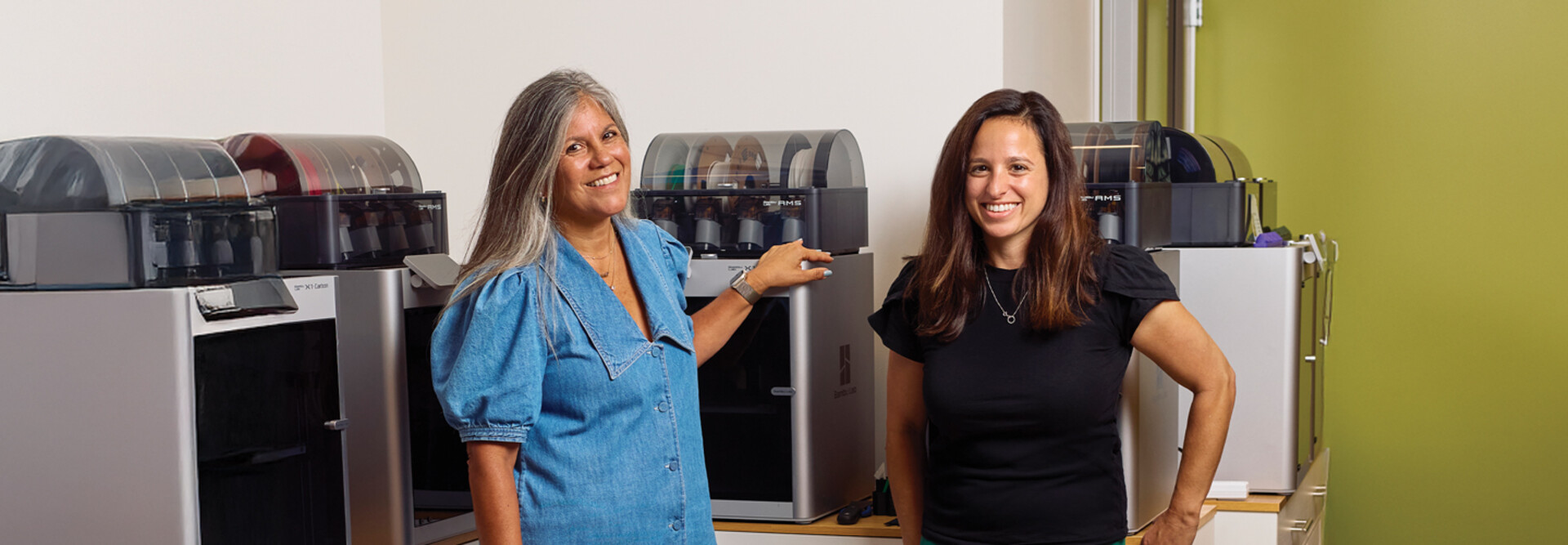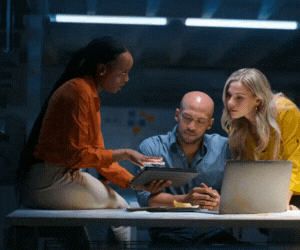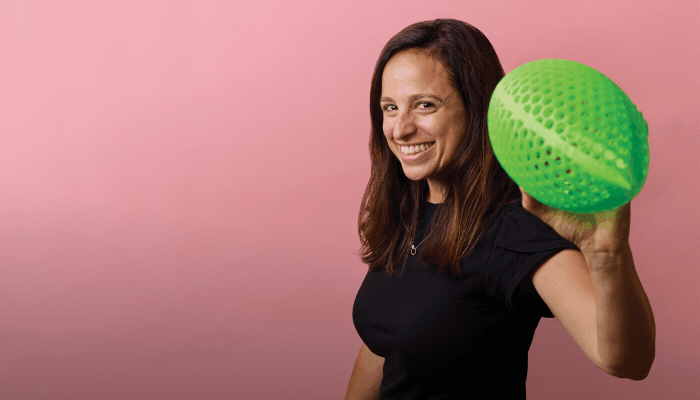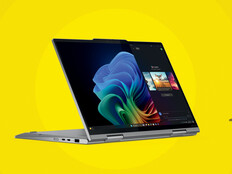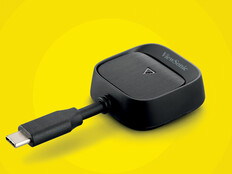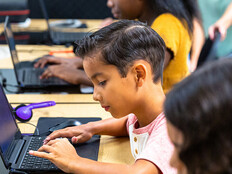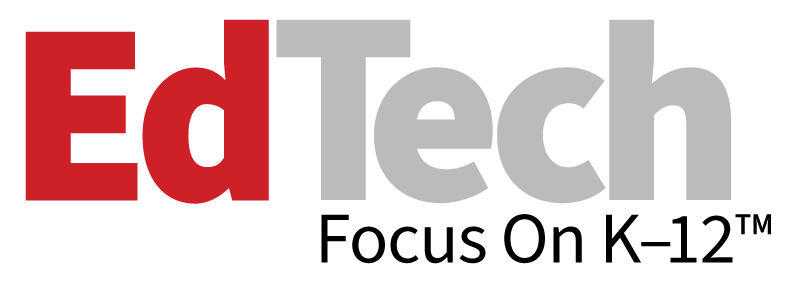The Ed Tech for Good: Advancing Accessibility program includes three-hour labs held at SDCOE’s Linda Vista Innovation Center. Students learn about the design thinking process, hear from local speakers, and use Lenovo Legion computers and 3D modeling software such as Autodesk’s Tinkercad to craft an assistive design.
SDCOE also conducts three-week, onsite labs at schools that involve instruction and conferring with project recipients. Groups of two or three students select a project option, develop a prototype on their school-provided Google Chromebooks or other devices, and test and refine a 3D-printed miniature version. This can help them learn about design principles and what working in the assistive technology field requires, Lane says.
“They can see there is a career where they can be creative and help people and solve problems,” she says. “A lot of them say they want to keep making these projects because it will mean something to the students or be impactful for the animals.”
TRANSFORM: Libraries can create spaces for creativity and community.
Community-Based Activities Convey More Than Core Proficiencies
To further help educators use immersive learning, Lane developed the Experience, Create, Facilitate professional development program, which showcases the method’s structure and efficacy.
“We don’t gatekeep this at all,” says SDCOE Educational Technology Director Alicia Gallegos Butters. “She brings in teachers to participate alongside students on day one. On day two, they create the lesson plan, and then they go back to their districts and teach it. We’re really trying to ensure anybody can do this with their classroom.”



